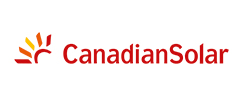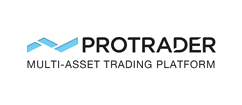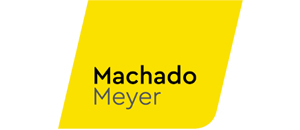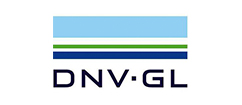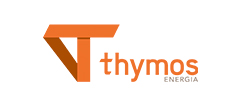For decades, energy grids the world over were characterised by having a few large, centralised power stations connected to a transmission network that delivered the power to end users. By contrast, renewable energy assets tend to be more numerous and varied in scale, and are distributed or decentralised; they can be grid-connected or standalone on their own microgrids.
Distributed energy resources (DER) are forecast to account for 10% of the world’s power generation by 2030 as countries continue to decarbonize their electricity systems. Supportive regulations, reducing project and technology costs and growing demand for low-carbon energy are driving all DER growth.
Augmenting intermittent renewable energy resources with energy storage – by using batteries or hydrogen to create a microgrid – can support grid operators in their ambitions to replace baseload power with DERs, enabling them to retire fossil-fueled energy generation.
Distributed Energy solar PV plants in Brazil already produce 7,617 GW of energy, representing 62% of all solar energy generation in the country, the equivalent of 4.2% of Brazils energy requirements.
